For many people — even many gamers — “toxicity” and League of Legends go hand-in-hand. The game has a longstanding reputation for harbouring a noxious player-base that continues to spew hateful epithets at one another despite developer Riot’s best intentions to make them stop. The truth is a bit more complicated.
By design, League of Legends is a game that produces conflict. I don’t mean the in-game conflict of wizards and demons killing each other, but everything that happens around and inside that fictional space. At every step along the way of a given game of League, the people playing it encounter innumerable scenarios that give rise to tense moments between one another. Sensitive and tactful players can often massage these out of existence. But tension can just as easily escalate into full-on fights. These spats culminate in much of the toxic behaviour League is known for.
If there’s anything uniquely toxic about League of Legends, then, there’s also something uniquely antagonistic embedded in the very structure of the game.
Humiliation Is Built Into The Game
Playing League of Legends is a process. It’s not as simple as picking it up and pressing start. There are five distinct phases in a standard game, each of which creates its own unique opportunities for tension to bubble up and fights to break out. I’ll break it down:
Pre-Game: Champion Selection
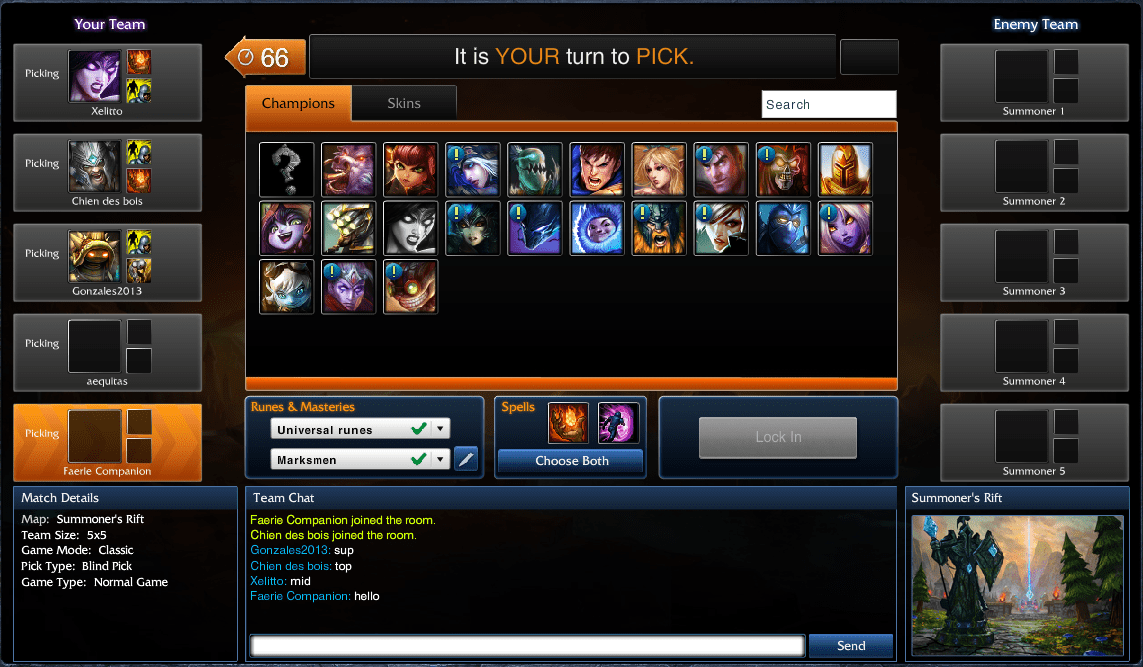
This is when you first get grouped together with teammates and plan out the game ahead. Players call out their preferred positions on the team by typing into a chat box at the bottom of the screen, select the champion they’re going to play as, and outfit them with specific spells they can cast during the fight. Already, there’s room for disagreement. And this is before you’re even playing.
A proper League team is made up of five distinct positions, each of which lends itself to a particular play style and type of character — melee tanks go top, ranged archers and snipers go on bottom, and so on. Everyone has a preferred position and favourite champion.
So if two people both want to play on the bottom lane as the team’s ADC? ADC is a specialist role that requires you to play in the bottom lane alongside an ally support champion — the two of them working together to build up the ADC’s attack damage over the course so they can carry the team to victory towards the end (hence the name). There can only be one ADC, so one of the players is going to have to back down. That doesn’t always mean they do. Two players vying for mid or support or whatever could start trading barbs back and forth. One of them might leave the still-nascent game entirely, which forces all ten players back into the matchmaking queue. Or — and this is the worst possible option — they will just ignore the requests of their teammates and pick whoever the hell they want to. Doing so means that pre-game unease seeps into the match itself, as different players continue to bicker about who called what position and start demanding things like: “Don’t be a douche.”
Regardless of how all the pre-game kerfuffles get sorted out, the clock is ticking. Eventually, foot soldiers known as “minions” start spawning, and the battle gets underway. Unless a team has already been worked up into enough of a rage that, say, someone refuses to budge from their desired lane despite their allies’ objections, everyone still wants to do their best to defeat the opposition. That doesn’t mean they can’t also harbour resentment about what just happened, though.
Early Game: Laning
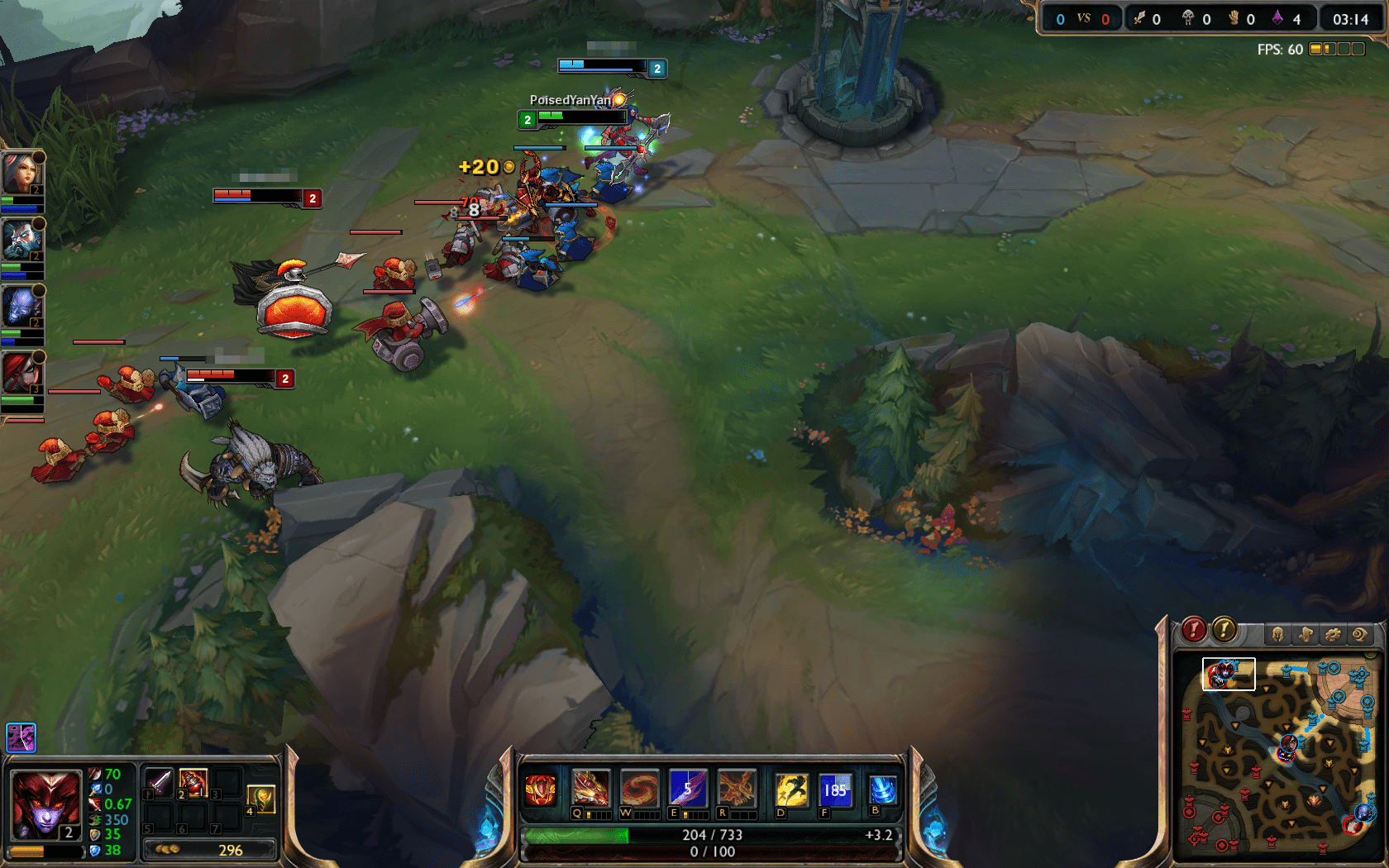
At the start of the game, players stick to their assigned lanes and positions and try to level up their characters as fast as possible so they can unlock more powerful abilities and buy better gear. If things are going smoothly, this is usually the quietest part of the game. Everyone focuses on the task at hand and makes sure to stay alive. The most you’ll hear is an occasional “gj” or “ty” to commend someone for scoring an early kill or thanking an ally who jumped into your lane to help ambush an enemy or two. At worst, people may start accusing one another of stealing valuable early kills — a “ks.”
Things don’t really go smoothly in League, though — that’s the whole point. People have to start dying eventually. Evenly matched teams will trade kills back-and-forth, maintaining a relative balance that keeps the competition alive and going. But the constant pressure quickly exposes gaps in a team’s lineup.
If one team is doing well, that means the other isn’t. A weak player who isn’t handling his champion well might keep dying over and over again. His teammates will start to moan that he’s feeding the enemy: giving an opponent easy gold and experience that will make the champion all the scarier later in the game. He could apologise and promise to do better. But he could just as easily lash out: start blaming the team for sticking him in a position he didn’t want to play in the first place, or his shitty lane-mate who’s not keeping him alive the way they’re supposed to.
And so the blame game of League starts. It doesn’t really matter who’s right or wrong by then. What’s important is that the team has started to lose faith in one another.
Mid-Game: Ganking and Roaming

After each team has levelled up their characters to a certain point and taken down a few of the enemy team’s turrets, positions get more lax. Players move around the entire map — fighting the opponents they encounter or joining up to take out the most formidable of the computer-controlled monsters for advanced rewards.
If a team isn’t communicating effectively in the mid-game stage, things can easily go off the rails. Players end up wandering around all corners of the map — isolating themselves, which turns them into easy prey (read: more food) for the enemy. Mistakes from the early game become problems for the whole team now, too, because an overfed opponent will roam the map and slaughter anything in sight.
As the structure of the game loosens up, so too does a team’s negativity. It’s normally around this time in a bad game that I’ve seen players start lashing out blindly.
Late-Game: Team Battles and Pushing
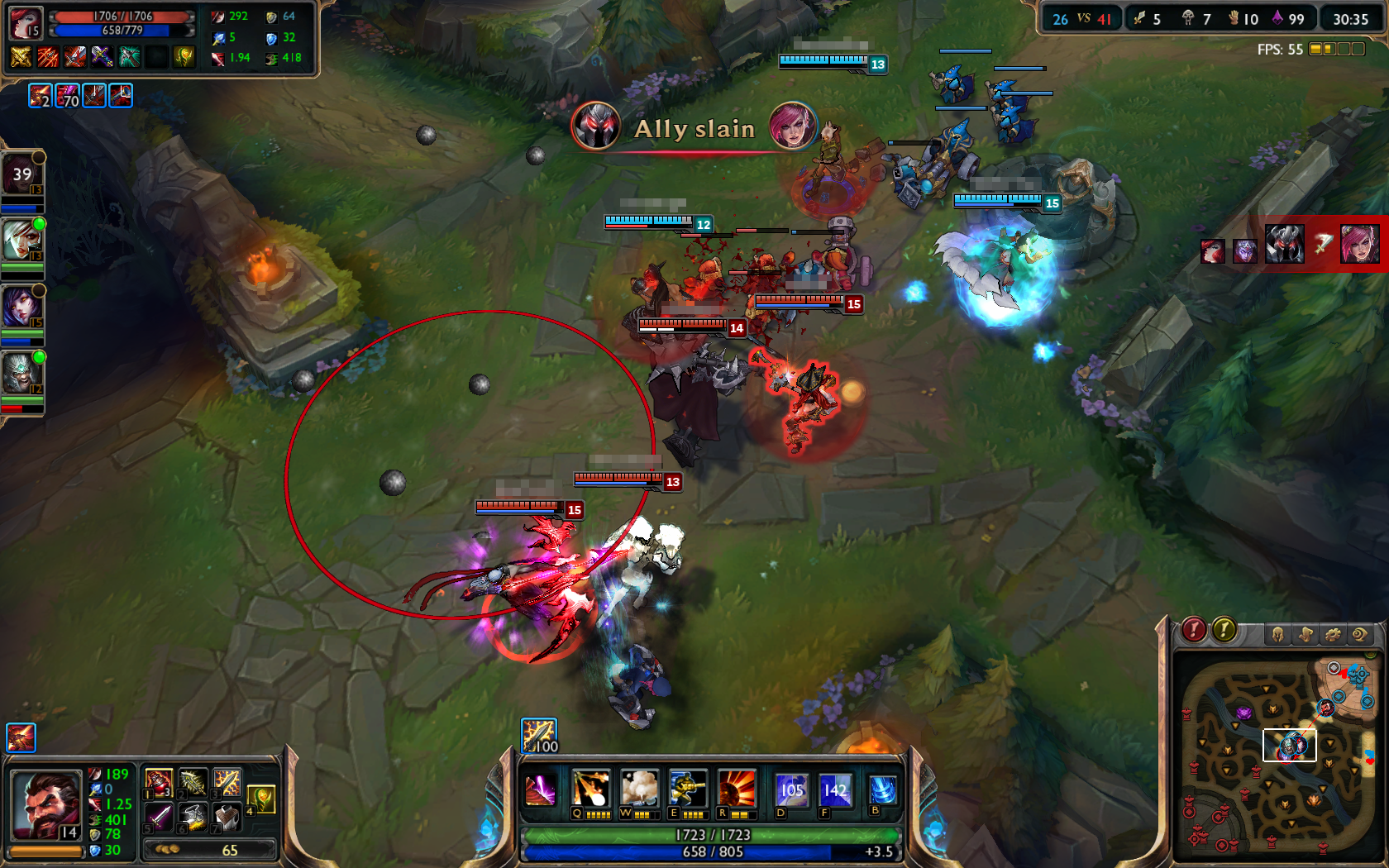
This is the fast-paced end-game when everyone’s fully levelled up and a) trying to kill one another and b) taking out the last of the enemy defences. Mistakes make everyone upset now. Timing is always important in League, but by late-game every millisecond is crucial. Misfiring or stepping in the wrong direction during a five-vs.-five team fight can be the difference between killing one or more of your opponents and being forced to sit through minute-plus cooldowns before you respawn. A group of fully-powered champions will decimate a base’s defences with lightning speed if nobody’s standing guard, so even if you’re not dead you could easily lose your last turrets in the time it takes to run back down a lane to try and help.
Everyone’s blood is pumping by late-game, so losing your cool with a blurted-out “GODDAMMIT” or “fuck that guy” is understandable. As is calling it quits. People will start surrender votes. But unless the majority agrees to one, you just have to keep playing. Leaving a game by either stepping away from your computer or quitting League entirely is met with swift retribution — the League game client will suspend you from logging on or playing for days or even weeks, or demote you in matchmaking queues so you have to wait several minutes before joining any future games.
Things take a turn for the toxic when tensions within a team finally come to a head. Troll teammates will act as if they have been vindicated for all their “lol this team” comments from earlier. Whole teams might turn on one person who stumbled early on and fed an opposing champion. People don’t hold back: criticisms of targeted teammates range from “plz uninstall” to “go to hell” or “kill yourself.”
Post-Game: “GGWP”
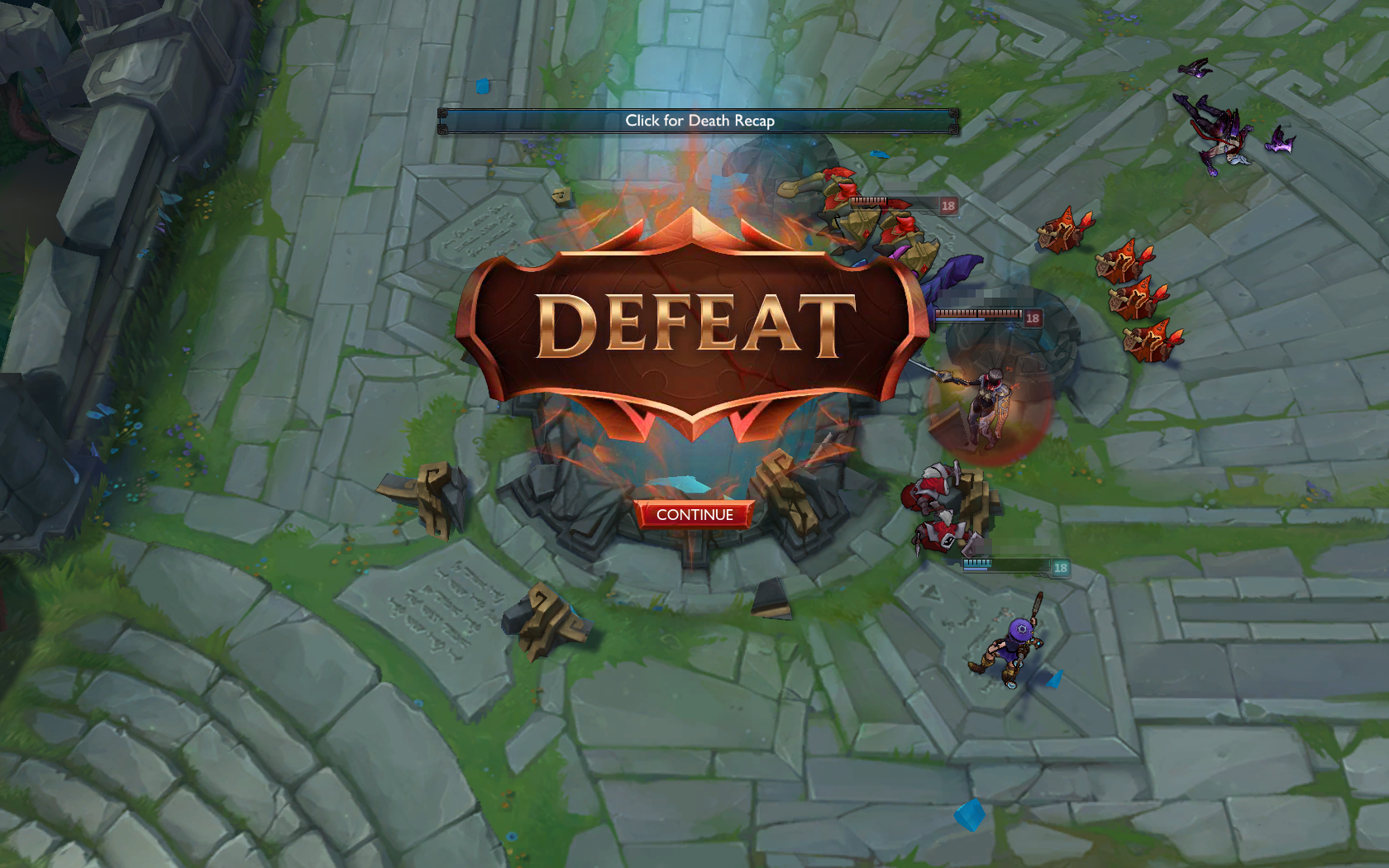
Both teams are able to chat freely with one another, ostensibly so they can rehash everything that unfolded beforehand. Common practice dictates that you’re supposed to type out “gg,” the universal abbreviation for “good game.” You can tell someone is looking for a fight if they interrupt the other players rattling off “gg” one after another to just type: “no.”
Free from the confines of having to actually play League of Legends, especially bitter players start venting to the enemy team or asking them to report one of their former allies. You can just walk away. But after suffering through the last game with a jerk or several, there is a strong temptation to stick around and finally let some piece of shit really have it.
You might be asking yourself right about now: “Why all the anger? Isn’t this game supposed to be, ya know, fun?”
Well, yes. League of Legends is fun. But it’s also a brutal, punishing game. Much of its difficulty stems from the way its in-game economy works. A team that starts out with an early lead has an easier time killing opponents and farming gold, which helps them acquire more powerful stuff in turn, which makes them have an even easier time killing opponents and farming gold. Being on the losing side of this equation is degrading. Teammates rubbing your nose in your own failures by calling you things like “feeder” adds insult to injury. You can mute these people if you want to. But since you can’t just up and leave a game once you feel you’ve crossed the point of no return, you’re still forced to just sit there and suffer as the cumulative results of all your team’s mistakes unfold before you.
Teamwork is a delicate balancing act in League of Legends, one that often leaves you feeling incredibly vulnerable. Working with a teammate or two to do something as simple as luring an enemy into an ambush requires each of you to stick your neck out and put your champion’s life on the line.
If the opposition outmanoeuvres you or things go awry in some other relatively blameless way, everybody accepts it and moves on. But if you mess up your timing, misfire a special ability, or — god help you — panic and press the wrong button? You haven’t just made a personal blunder. You’ve also made your teammate look like an idiot. They probably start feeling like one for trusting you, too.
Once a game takes a turn for the worse, your allies can easily start to seem like the real enemies you’re up against. Toxic behaviour can become understandable, even seem justified, in this context.
A mistake or two can go over with only minor snippets between players. But things add up fast. Remember: dying at the hands of an opponent doesn’t just mean that you respawn and start all over again. The champion gained both gold and experience for killing you, so he’s now a more formidable opponent as a result. You start from a fundamentally weaker position than the one you just left in turn. If this happens more than once, a gold and experience deficit starts to manifest between your team and the one in the lead. Winning isn’t just a matter of pulling off the best moves or coordinating effective manoeuvres with your teammates anymore. Now, you have to work against the natural inertia of the game to put yourself back in the fight.
League games unfold at a rapid clip — taking a total of 30, maybe 45 minutes — so it doesn’t take very long to recognise things aren’t going well for you or your team. Excitement or trepidation quickly gives way to anguish, and then resentment. Everyone starts to wonder where things went awry.
This could be a moment of genuine self-reflection. But for many players, asking, “What went wrong?” can easily translate to: “Who can I blame for this disaster of a game?” And once people start thinking that way, causing a scene starts to seem a whole lot easier than continuing to play the game.
Toxicity Is Not The Standard Operating Procedure
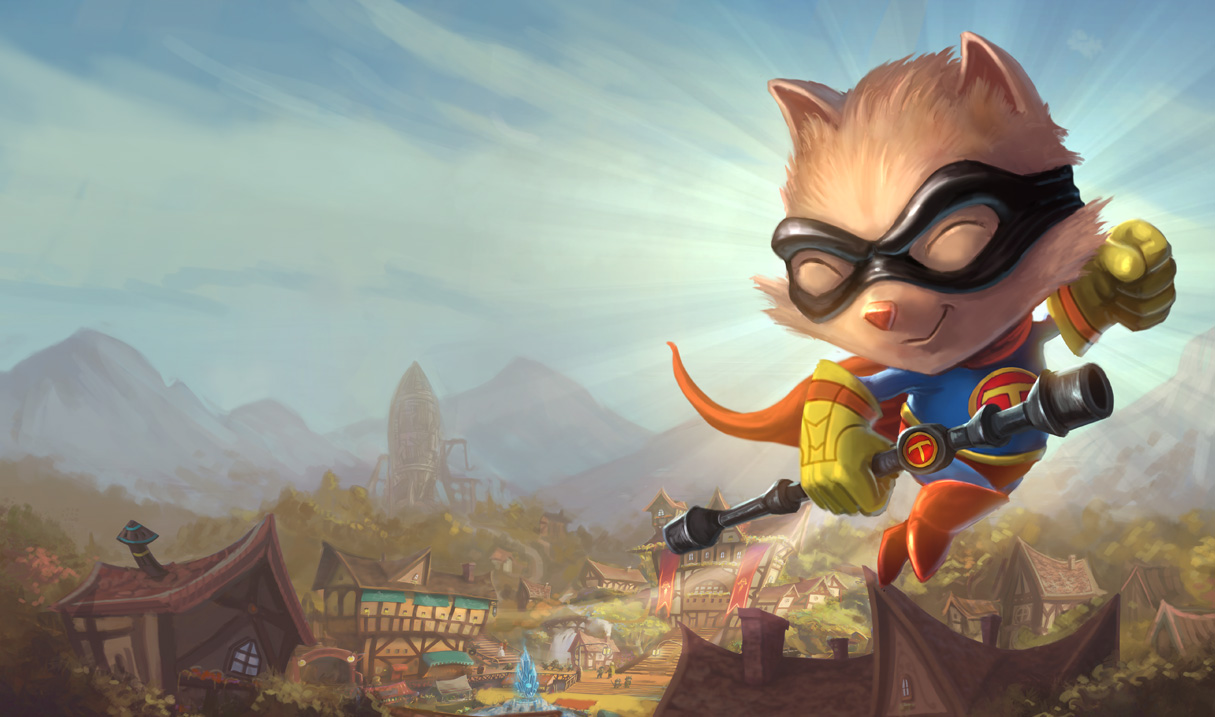
Toxic behaviour isn’t actually the norm. It’s the opposite. At least, that seems to be the case at this point in the game’s history. Late last year, Riot said that 95 per cent of its players had never received a punishment of any kind.
Generally speaking, my experience with League confirms this. I played the game for almost two months before I encountered a player who caused such a scene I felt obligated to report him. That said, I’ve also noticed a sharp uptick in player hostility ever since I’ve started being grouped into more competitive games with comparatively advanced players. I’m still only at level 17 in my League profile, which means I have a long ways to go before breaking into high-level games or playing in the fiercely competitive “ranked” mode (which requires you to be at level 30 to access). All the more seasoned League vets I’ve spoken to have essentially told me that from here on it, it’s more of the same. Only things get more intense, and players become much more irascible, as the stakes of a game are raised.
Still, there’s a tangible pull in League of Legends to play nice. Or at least play civil. It‘s a fiercely competitive, team-based game. Playing it well enough to beat an opposing team requires you to communicate efficiently with all four of your teammates on an ongoing basis. The stuff people refer to when talking about toxicity and toxic behaviour — screaming out slurs, threatening to kill one another, etc. — disrupts this communication. Hell, just taking the time to type out some horrible death threat means that you’re giving up a precious few seconds you could be using to, say, send your character back to base to buy some new armour. Or dodge out of the way of an incoming attack. Even if you are in a terrible mood while playing, then, it’s far easier to go with the flow and keep playing rather than stamp your feet and cause a scene.
Winning isn’t everything in League, but it’s damn near close to everything. The exceedingly tense climate of the game therefore also fosters a spirit of collaboration — however begrudging it may be. It’s not really that surprising, then, that the League of Legends community has earned such high marks from the game’s developer.
A Lot Of What Makes League Toxic Also Makes It Fun
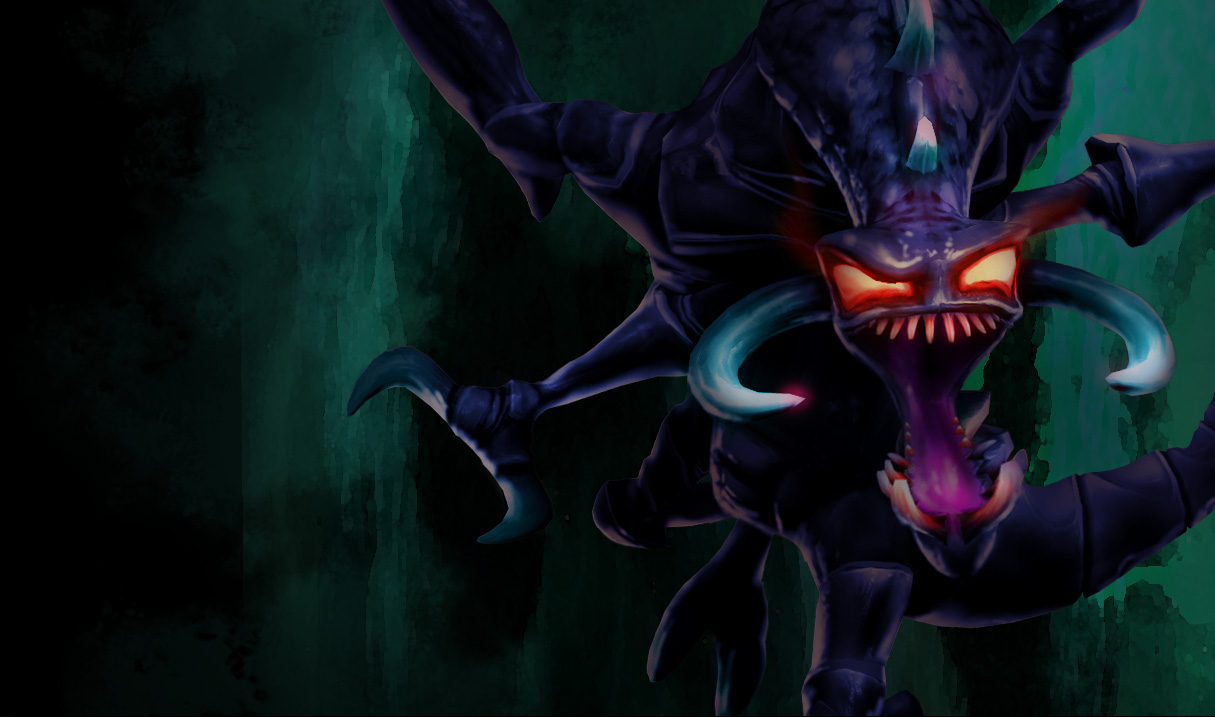
There’s one thing that makes me question the legitimacy of Riot’s statistical breakdown of toxic behaviour: the prolonged hazing process one must go through when starting out in League of Legends.
The game is famously opaque for newcomers, thanks in large part to the fact that it has a laughably insubstantial tutorial process for a game so ornately challenging. Players are pretty much on their own when trying to break into League and fit in with its massive online community. The only way to do so is to dive in and start playing.
Learning how to play — and, much later, how to play well — involves a lot of being yelled at by more experienced teammates and doing your best to glean genuine insight from their emotionally fraught feedback. These de facto mentors can be very nice, and many are. But it’s distressing how little it can take sometimes for someone to switch from telling you you’re feeding, to accusing you of being a feeder, to calling you a faggot. The overriding pressure newcomers often feel in these moments is to swallow their pride, accept that they did something wrong, and try and move on.
Not every piece of work is supposed to be easy. Oppressively difficult games are often the most rewarding ones to play. League of Legends’ inhospitality might help its community’s most unseemly elements take shape and give them a powerful voice. But it’s also a large part of what makes the game so special.
Picture: Jim Cooke
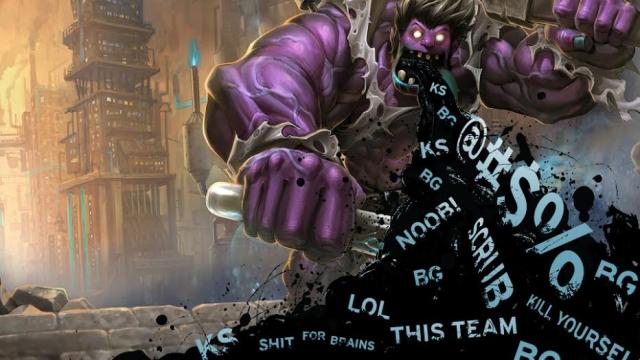
Comments
13 responses to “How League Of Legends Enables Toxicity”
While I disagree that specific roles “have” to play a certain lane (As playing against the “Norm” is what makes League fun) I do agree there is a lot of toxicity – Especially at level 30.
All the advise I can give to you is make that Ignore button your friend and don’t let their words get to you. Just keep playing the best you can!
It is toxic (and I really do hate this word, regardless of how accurate it is) because it allows 1 person to communicate anonymously with 1 or more other persons. That really is all it takes to turn someone into a colossal bag of dicks.
EDITED
Yep, the statistics for toxic players sounds nice but maybe I’ve been unlucky enough to only experience that 5% of toxic players when i play a match (that isn’t bots).
I agree with Nexi. I also believe based on my time playing them that MOBA’s are a breeding ground for ragers, flamers and trolls… even though there is the odd nice person you encounter =)
On a side note (i have mentioned this previously lol) I seriously think League could benefit from a voice system like the one used in HON and DOTA 2, i know personally it would reduce a lot of anxiety because it’ll take far less time to speak it out rather than type it out.
I’m glad I’ve never picked this up. haven’t seen this sort of behavior (yet) in HOTS
ive only played a little bit of HOTS – but ive definitely still noticed toxic behaviour. definitely a lot less, as clearly blizzards taken steps to minimize it, combined with the game having a much more casual feel and quicker games.
it will always exist in such a game, theres even toxic behaviour in cs.
its the nature of the competitiveness, without the face to face value/longevity of an actual real life team.
i used to play basketball when i was younger. sometimes your teammates would hog the ball or theyd do stupid things and it could piss you off. but because that team is your team for at least the remainder of the season and has been your team since at least the start of it – youve either built a good relationship or know that maintaining a good relationship is important. sometimes you go home knowing you lost because of someone on the team, but you all know that everyone lets the team down every known and then, and other days they carry the team to victory. you win some you lose some, and you dont hold it against them.
in an online game, chances are youre never going to get paired with these people again. youre losing, youre frustrated, its tense and the other team is laughing – theres a chatbox that allows you to vent all that frustration out with practically no long term consequences. youll swear at them and worst that will happen is theyll swear at you back.
people need to grow some balls and take it. who cares if someone call you out for being a noob or tease you about your mum. seriously stop being a bitch or don’t play.
Two words I’ve come to hate lately: Toxic and Triggered. Both words are used by what I like to call “bubble wrap babies”. These people complain about everything that doesn’t praise them and treat them like the sensitive unique snowflake they were raised to be. This is the outcome of the “everyone is special”, “there are no losers” style of education and child rearing.
It might be my own upbringing, but when I get told that I suck in a video game, I take it as a personal challenge to improve. I don’t go around calling the community toxic or feel triggered. I take the insult, brush it off, keep playing and later go and see what I can do to improve, because I know in LoL I’m not the best with every character on there. The other thing I do in the situation… Ignore the prick! The Anon nature of the Internet gives people the means to be assholes. So just accept some people are assholes, ignore them and move on with life.
“I don’t go around calling the community toxic or feel triggered.”
I get the feeling that a lot of people on kotaku don’t understand what those two words mean, and simply throw them around in short-sighted arguments to “prove” their inferiority in genuine discussion. Triggering is a concept rooted in sufferers of PTSD or related emotional trauma, and has little to no relevance to developing a thick skin while gaming. It works in the same way you wouldn’t expose a war veteran to certain stimuli. In counterpoint, toxic is a mere adjective. Horrifying, isn’t it?
Also, try relaxing the wannabe-Nietzsche attitude. The article boils down to identifying a problem, and what alternate universe do you come from if your answer is to leave it unfixed?
Not everyone responds to insult and verbal animosity the same way though, especially when it is constantly destructive and does nothing to indicate how you can improve. It’s not just limited to the target being unskilled either, simple mistakes that even professionals make can cause outbursts, and in the worst case when it’s the fault of the aggressor, they cover it up by shifting the blame onto an easy target. It also promotes discord and often leads to matches where one or two players actively work against the team.
So yes, some people use “toxic” because they don’t want to admit they just aren’t good, but a lot of people using the word “toxic” are using it to describe a community where the majority of people will spew out insults and verbal abuse for no reason other than they can get away with it and offer nothing constructive to the community. They are basically toxic sludge slowly killing the environment around them.
I agree with some of what you say.
I believe some of the communities around us are increasingly becoming “bubble wrap babies” where everybody tries to be overwhelmingly supportive even of mediocrity and poor performance. This is particularly true with the cosplay community.
However, there’s certainly a better way and more constructive way to encourage someone to perform better and apply more effort than calling them a homosexual or telling them to kill themselves.
For all it’s length, the article looses it’s main point very quickly. At the very beginning, the author says that LoL is designed for this Toxicity, the title even says “How League of Legends enables Toxicity” but the author never actually backs this up with anything. He just says that people are dicks because of people. He never addresses what part of the LoL design enables or is designed for this, other than that it allows people to communicate
To be fair, a lot of the “rules” are really just conventions, as with any game with a Meta. For example, there is no hard riot-made rule that a marksman and a support need to go to the bottom lane, The community has just decided that is the optimal choice.
The dilemma for riot (or anyone else with a meta-heavy game) is if they directly teach players the conventions of the meta, they are endorsing it as the “right” way to play, which discourages experimentation. They also run the risk of providing outdated information if the meta changes.
And so the task of teaching new players the conventions of the game falls to other players, usually during actual games, sometimes via verbal abuse.
Bring back bottom kill lanes. Leona jarvan for example. I like what they are trying to do with bard. Making a deliberately meta breaking champ. Not that the roaming support is never seen but few of them are built for it.
I actually registered to disagree :/
1) I recently jumped in without a friend teaching me, and never played MMO of any kind before. But I understood it was up to me to learn properly and not just hop in a hur dur my way through a PVP the moment I am able to. because I started Alone, I pretty much played bots till I was level 10( When you unlocked all summoner spells, and intro bot level are locked from you.) This means that you are suppose to have grasped the whole mechanics of the game pretty well, such as warding etc. if you were using it to learn and not grind. I decided to main soraka, because she was pretty much the traditional support( Heals everywhere) I am used to.
How you can learn without a mentor or an actual opponent? You can utilize the large resource on the web, and practice champions abilities on bots, and then you try to play against actual players. And this steps are very important, unless someone took champions you are familiar with.
I played the hell out of Soraka, and met a friend on league often picking his favorite champ, Ashe ^_^
So natural, with him playing ADC, and me playing support, we would often form a party and play on normal( I cannot start rank, and he is quite close).
Along the way, we diversified so that we won’t be so reliant on getting the roles we specialized in.
And this happened today. We joined a game, and after I greeted the team, and he called out ADC I called out support. Then another player called out adc. My friend had to gave up ADC and became jungler because after we told him/her that ADC role has been filed, he said ‘sorry’ and ‘I’m still going bot though’.
Now the gameplay. Is he a god in ADC? nope, overly aggressive, trinkletless (After I had begged him to get one, he got it, and doesn’t use it) and last hits worst then me (And I played support for pretty much up to level 15). His/Her KDR is 0/9/1, and mine was 0/2/10. He/she was under leveled throughout the game (1 level lower then me due to the number of deaths and recalls needed), and at then end of the game, I had 1k more gold then her, and dealt 0.9k more damage (I am not an engage support, I was janna, and stayed at the back of the fight because my passive allowed them to run away if they needed too.
Now I get why he/she needed to go to a duo lane because there was no way of him holding a lane solo, but why in the world would you insist on ADC, traditionally the one who provides a large amount of sustained damage when you can’t even farm gold due to the inability to last hit properly? Go to the top and duo with the great player, and be happy with your tanky build that won’t die as much. We were pretty upset at the start when he keeps running ahead and killing himself until his friend (top) told us to be nicer to him because he was new in the game.
We only won the game because
1)they had an AFK
2)we had a top who knew what he was doing, and basically won top early, and came down to help us (Think ‘Mundo goes where he pleases’)
3) Mid, jungle and top came down just to gank the heavily fed bot team early before they became too powerful. (Mid was probably trying to escape Yasuo though :P)
No, I am not a rager, and if it means anything, I have the yellow, green, then red crest (only yellow shows), but I do not like people forcing others out of the roles, then not even knowing the basics the role. I am alright with people who are filling in roles to accidentally feed because they are unfamiliar, but if you are asserting yourself into a role, you better be good in that role